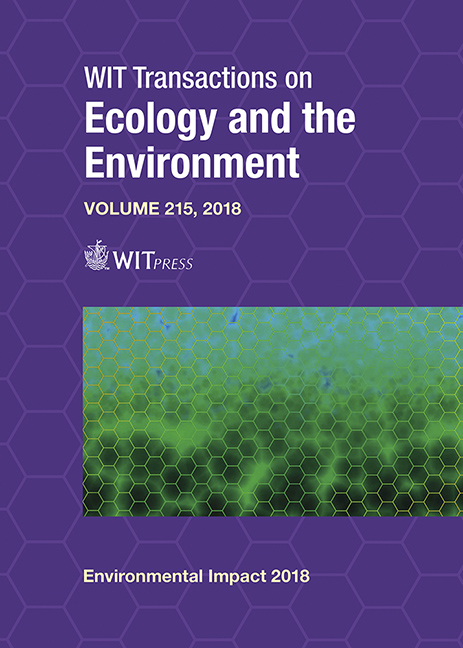ECONOMETRIC MODEL OF NATIONAL ENVIRONMENTAL POLICY ACT TIMBER PROJECTS
Price
Free (open access)
Transaction
Volume
215
Pages
11
Page Range
133 - 143
Published
2018
Paper DOI
10.2495/EID180121
Copyright
WIT Press
Author(s)
JAROD DUNN
Abstract
In this paper, I analyze the cost for 72 United States Forest Service National Environmental Policy Act (NEPA) timber projects over the period 2006–2016. Project costs exhibit economies of scale, over project size. That is, a proportional increase in project acres may result in a proportional increase in cost savings for NEPA projects. Moreover, projects with biota that are recognized by the Endangered Species Act (ESA) add to the complexity of projects, requiring more intensive analysis, which has direct cost effects. The results suggest that all equal projects that contain an ESA species are 51% greater in project cost. As a result, the presence of an ESA animal likely presents a disincentive for prospective projects to be undertaken by NEPA planners. The implication is that the cost of NEPA ESA analysis may not be a prudent budgetary undertaking, when comparing acreage to an area without an ESA, for project planning.
Keywords
NEPA, environmental planning, cost function, endangered species, timber projects, Forest Service





